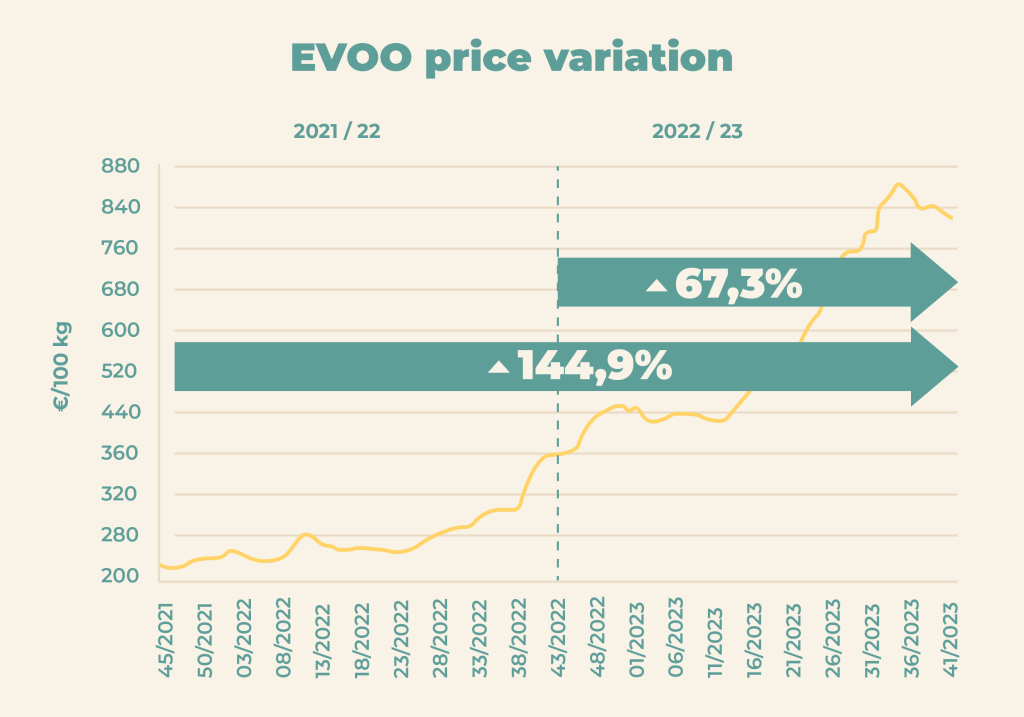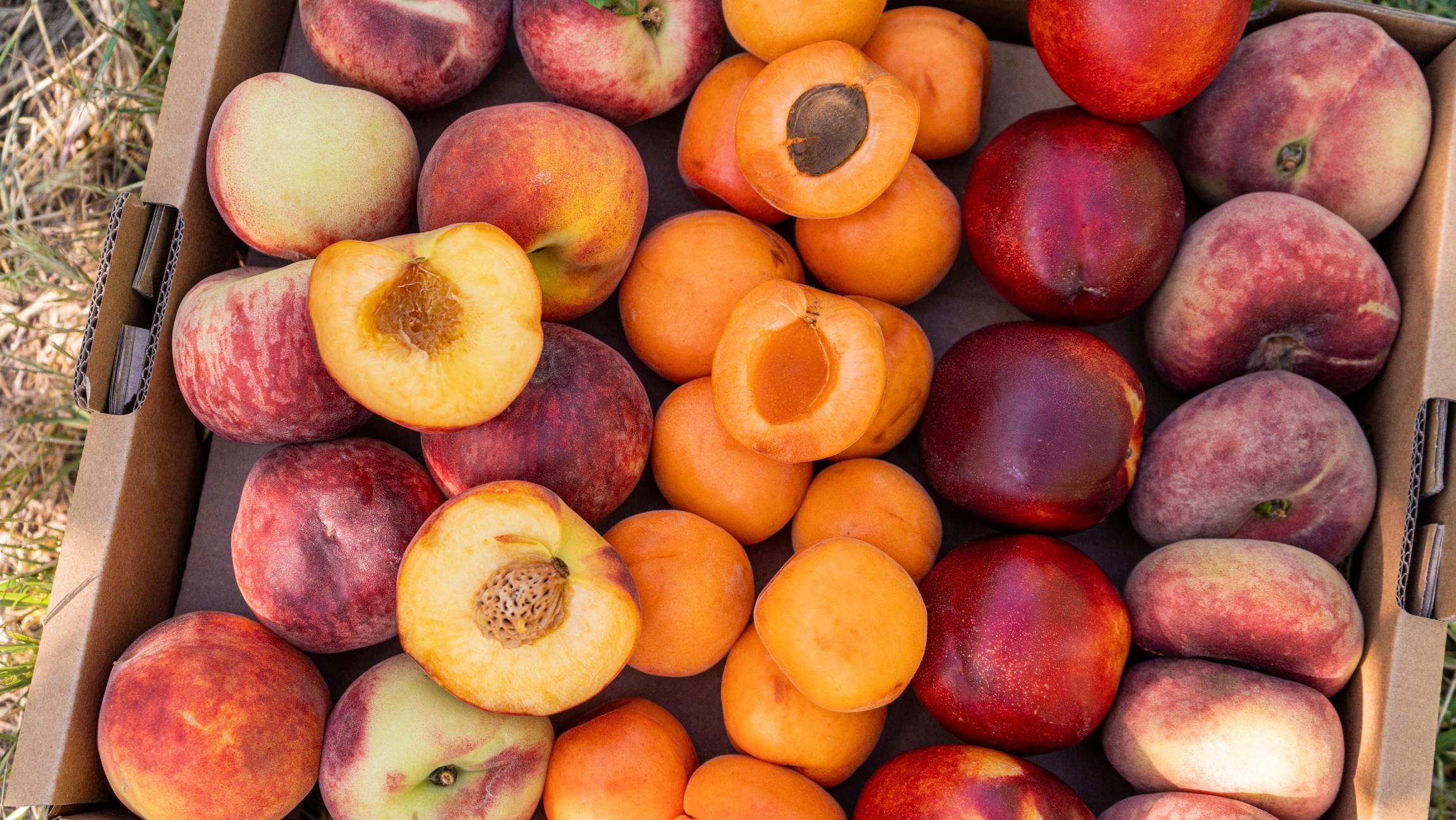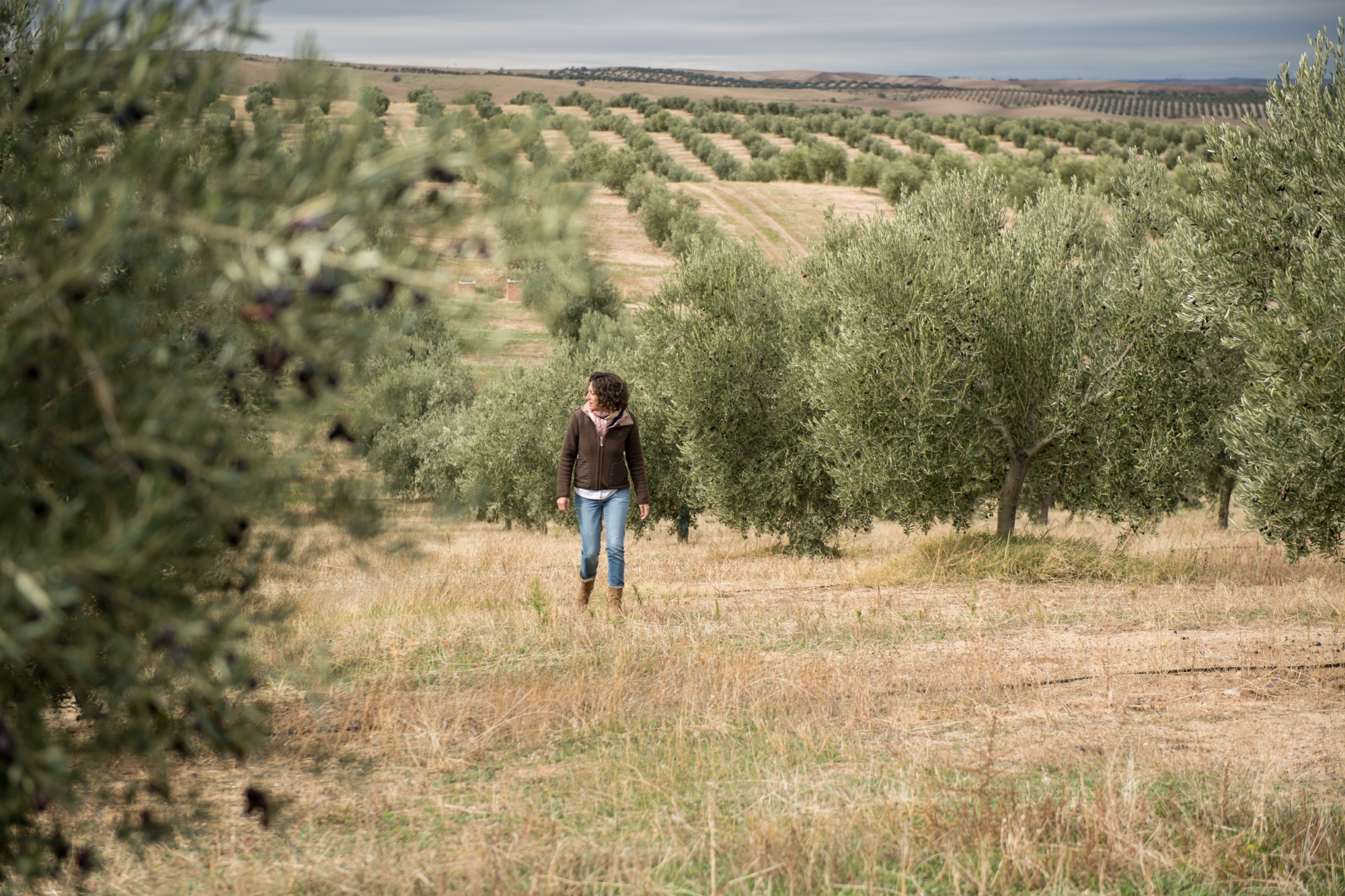Throughout 2023, Europe has witnessed a remarkable increase in olive oil prices. Assuming that we are all aware (and victims) of this information, let’s take a look at how this has happened.
Spain is the main olive oil-producing country globally, and The Spanish Ministry of Agriculture periodically publishes a bulletin on the evolution of olive oil. This report from November reflected that on average in Spain, the price of olive oil had risen by 67% compared to the previous season and by almost 145% if we compare it with the one before this one (2021-2022).

But why? When we dive into the causes and consequences of the increase in the price of olive oil, everything becomes a little more confusing. So let’s break down the main causes that have led us to this point, and the consequences that this may have on the key ingredient of the Mediterranean diet: olive oil.
Why has the price of olive oil risen so much?
The first thing we experienced in 2023 was the continued rise of production costs and general inflation, which had a direct impact on the prices of fuel, energy, packaging, labour, etc.
Then came the heat and the drought. The adverse weather conditions that have affected the Mediterranean region during the summer months have dehydrated the olives and severely affected crop yields, in turn impacting olive oil prices. It’s basic economics, as supply decreases and demand is maintained, prices increase, and, in this case, the farmers cannot respond immediately by producing more. Nature doesn’t work like that.
While Spain, the world’s largest olive oil producer and exporter, produced 50% less olive oil in its most recent season (610,000 tonnes compared to a usual yield of 1.3 to 1.5 million tonnes), Turkey decided to suspend bulk oil exports until at least the 1 of November to secure domestic supplies, further reducing supply at the European level. Other countries have joined the trend set by Spain and are matching prices upwards, although their harvests have not necessarily been as affected. In addition, when large volumes have been sold at an agreed price before knowing how the harvest would go, we can see surprising differences in prices and olive oil can end up being more expensive in a producing country than in a country that is importing the product.
Finally, some have even seen an opportunity in the rise in oil prices, which has translated into an increase in oil thefts. The lure of record olive oil prices has attracted olive and olive oil thieves, which has added to the pressure on the olive oil market and contributed to the price spikes.
With this price increase, nobody wins
Contrary to what one might think, rising prices can be a double-edged sword that threatens the financial stability of olive oil producers. While higher prices can lead to higher incomes, it is of little use if there isn’t much crop to sell. Especially for producers who focus on creating an excellent product, in terms of quality and environmental impact, the consequences can be even more serious.
The overpricing of these products can be a challenge for a consumer who has seen the prices of food rise since the beginning of the year. As prices rise, consumers either reduce the volume they buy or face the choice between paying a premium price for high-quality olive oil or looking for more affordable alternatives within the olive range. Another option may be to opt for other vegetable oils, although consumers’ cultural preferences for olive oil make substitution difficult despite the abundant supply of alternatives.
This change in consumer behaviour could have repercussions for the industry and could result in variations in product quality, especially in the higher priced categories such as “extra virgin” or “organic”. Farmers could abandon these quality standards to increase their sales volume or resort to other techniques such as delaying the time of harvesting the olives, which increases the quantity of oil extracted, but results in lower quality.
Here too we run the risk of encountering opportunists. The temptation to compromise quality by blending olive oil with lower-quality oils to maintain profit margins is of growing concern.
Preserving the key player of the Mediterranean diet
In a global situation in which demand for olive oil exceeds supply, which is also unstable, price tension will continue to grow. We must therefore rethink whether we want to guarantee the quality and sustainability of this product in the long term or opt for short-term solutions that threaten the long-term relevance of this product.
The trend towards lower quality products can lead to the erosion of an emblematic product of the Mediterranean diet – a cultural heritage of humanity – to give way to one with much lower organoleptic and nutritional qualities. This is not a new story, are you familiar with Sherry wine? This wine was well known – and consumed – all over the world only a couple of decades ago, and, due to different market circumstances, it started a downward price struggle that affected the quality of the product, and, eventually, its perception, reducing its market to a few loyal fans. Let us prevent olive oil from suffering the same fate and let us try to preserve the quality of the Mediterranean’s green gold.
We must also question the environmental aspect of preserving this product. It is the climatic conditions and the macroeconomic situation that have brought us to this point. But if we continue to rely on external inputs – pesticides, fertilisers and other chemical products – as conventional agriculture does, we will be tied to global price rises and at the mercy of their ups and downs. If, on the other hand, we advocate a transition to organic and regenerative agriculture, our olive groves will be more resilient, as will our businesses. The ability to adapt to these changing circumstances will be crucial to ensure the long-term survival of a key pillar of our culture and of the Mediterranean economy – extra virgin olive oil.







Comments
Please note that we will only respond to comments related to this blog post.